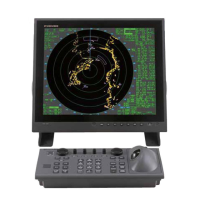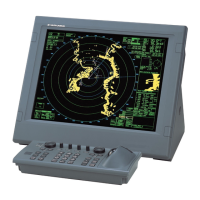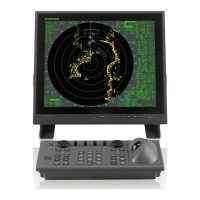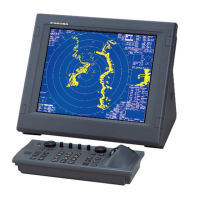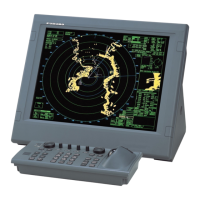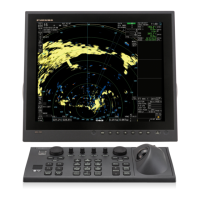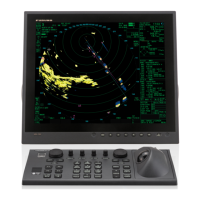Why Furuno Marine Radar has poor discrimination in range?
- JJamie Tanner MDSep 23, 2025
If the Furuno Marine Radar has poor discrimination in range, the sea clutter control may not be functioning properly. This could be due to an improper setting of A/C SEA. If A/C SEA is seen only at very close range, suspect inaccurate frequency of reference oscillator.


